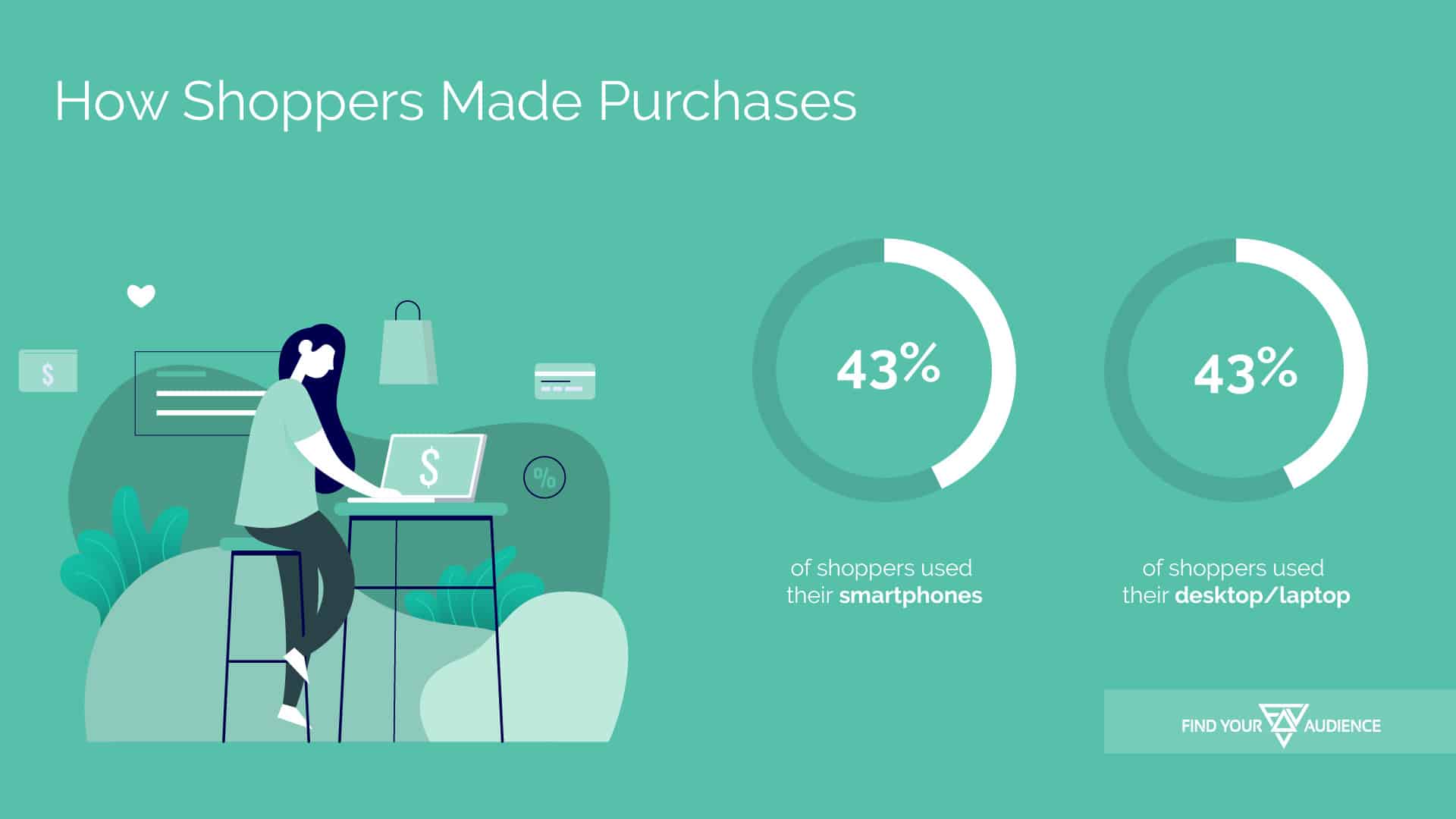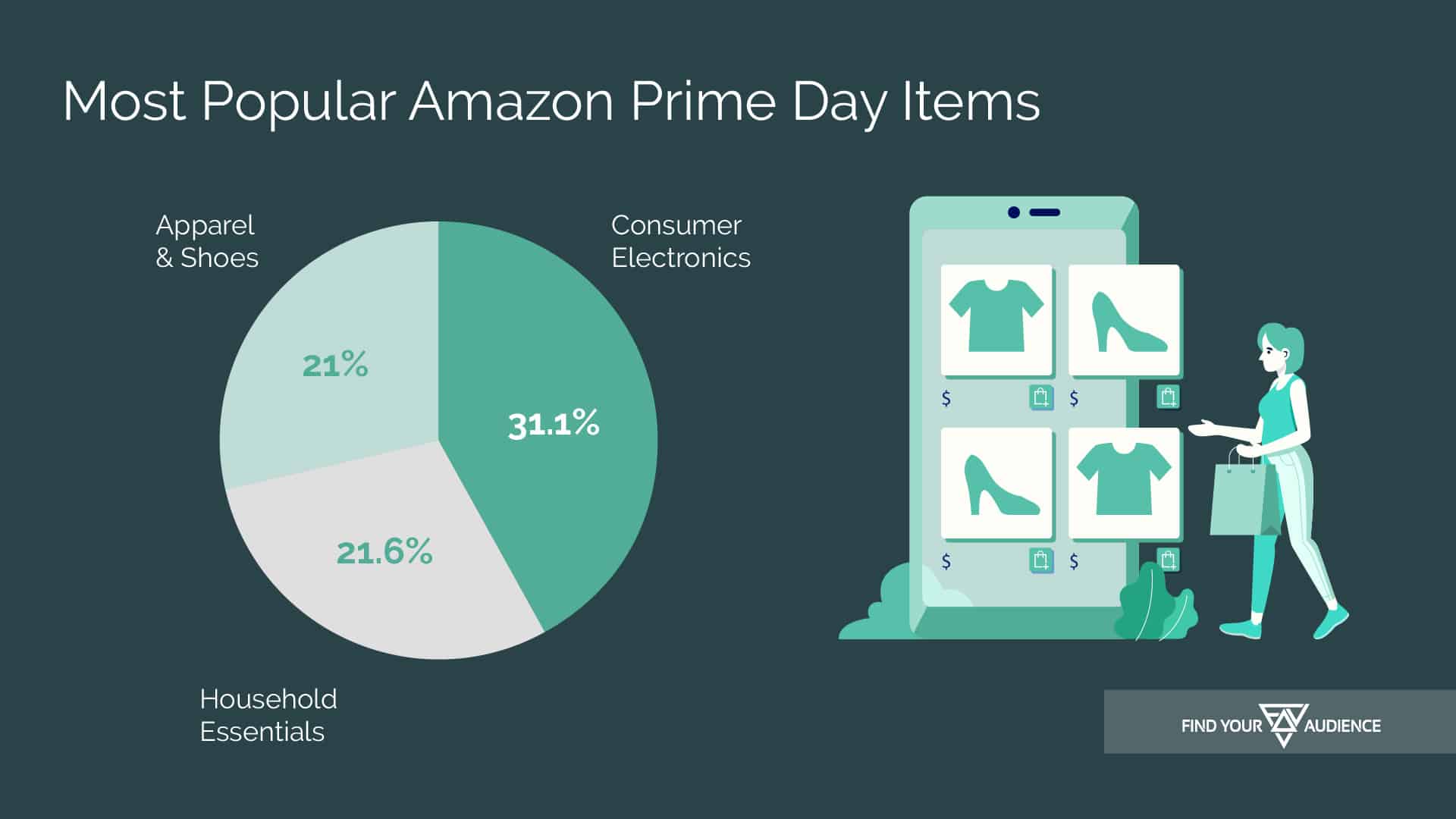Marketing Statistics 101: Important Lessons From Amazon Prime Day
Amazon Prime Day is an event that features epic deals for a limited time. Online shoppers flock to the e-commerce website to purchase items they’ve been meaning to try out and to simply get a good deal.
In 2019, the Amazon Prime Day event lasted 48 hours between July 15 and 16. It not only resulted in an increased number of membership sign-ups, but also sales. According to data from Statista, 2019 worldwide gross merchandise sales during the event amounted to $7.16 billion. By comparison, 2018 was at $4.19 billion.
Research by Edison Trends also reflects the high amount of spending on Amazon Prime Day. In 2019, the average amount spent among U.S. shoppers grew 35% compared to the previous year.
There are several important lessons that can be taken from Amazon Prime Day. Companies should take the following information into account when thinking about transforming their business and implementing effective marketing strategies.

How did customers shop online?
During Amazon Prime Day 2019, the majority of shoppers made purchases on their smartphones. According to a survey conducted by Bizrate Insights, 43% of shoppers used their smartphones to buy items. Desktop and laptop users were also at 43%. It should be noted that how shoppers purchase items is different from how they shopped for them. While smartphones accounted for 51% of shopping, desktop and laptop users were at 45%. Therefore, businesses that partake in e-commerce should consider optimizing the online shopping experience for mobile and desktop users.

What did customers buy online?
According to data from Numerator, the most popular products during the sales event included consumer electronics at 31.1%, household essentials at 21.6%, as well as apparel and shoes at 21%. Closely following behind, however, are health and beauty products at 19.8%. Home and garden items were at 16.3%. Online users also made purchases because of the Prime Day deals in and of themselves. Consumer electronics were on top at 23.5%. As for the Amazon Echo, it took second place at 12.8%. Product promotion makes a difference when it comes to consumer spending.

Where did customers visit online?
Online businesses should also think about the power of affiliate marketing. This is a performance-based technique that promotes products and services through affiliates such as an influencer or a publisher. According to SimilarWeb’s research, the conversion rate during Amazon Prime Day for Cnet was the highest at 46%. In second place was Dealmoon at 34%. Meanwhile, Yahoo reached a 22% conversion rate. In terms of traffic share, Slickdeals was on top at 15%, while Yahoo reached 10%. Cnet and The Inventory tied for third place at 5% each.
When trying to capitalize on e-commerce sales, it is important to take your audience’s platform of choice, product interests, and online habits into consideration. These statistics on Amazon Prime Day 2019 are useful, however, effectively applying these lessons to your business requires customized marketing strategies.
Find Your Audience is ready to be your marketing partner. Our team will work with you to ensure your business goals are met. With our customized marketing strategies, we can drive sales, foster better B2B relationships, and elevate your brand.
To take your business to the next level, give our team a call at 647-479-0688. We can also be reached through email at hi@findyouraudience.online.

